In a world where gaming has become a universal language, breaking down barriers and fostering inclusivity is more important than ever. „A New Era of Inclusivity: How One-Handed Gaming is Changing the Game“ dives into the revolutionary realm of one-handed gaming, a significant stride towards making gaming accessible to all. This article explores how technological innovations, personal stories, community support, and future trends are intertwining to create a more inclusive gaming landscape. One-handed gaming isn’t just about adapting controllers; it’s about reimagining the way games are played and experienced. From gamers who have found new ways to enjoy their favorite pastime to developers who are passionately crafting games for all, this movement is reshaping the gaming world. As we explore the profound impact of one-handed gaming, we unveil a future where the joy of gaming knows no bounds, a future where everyone has a seat at the virtual table.
1. Introduction to One-Handed Gaming
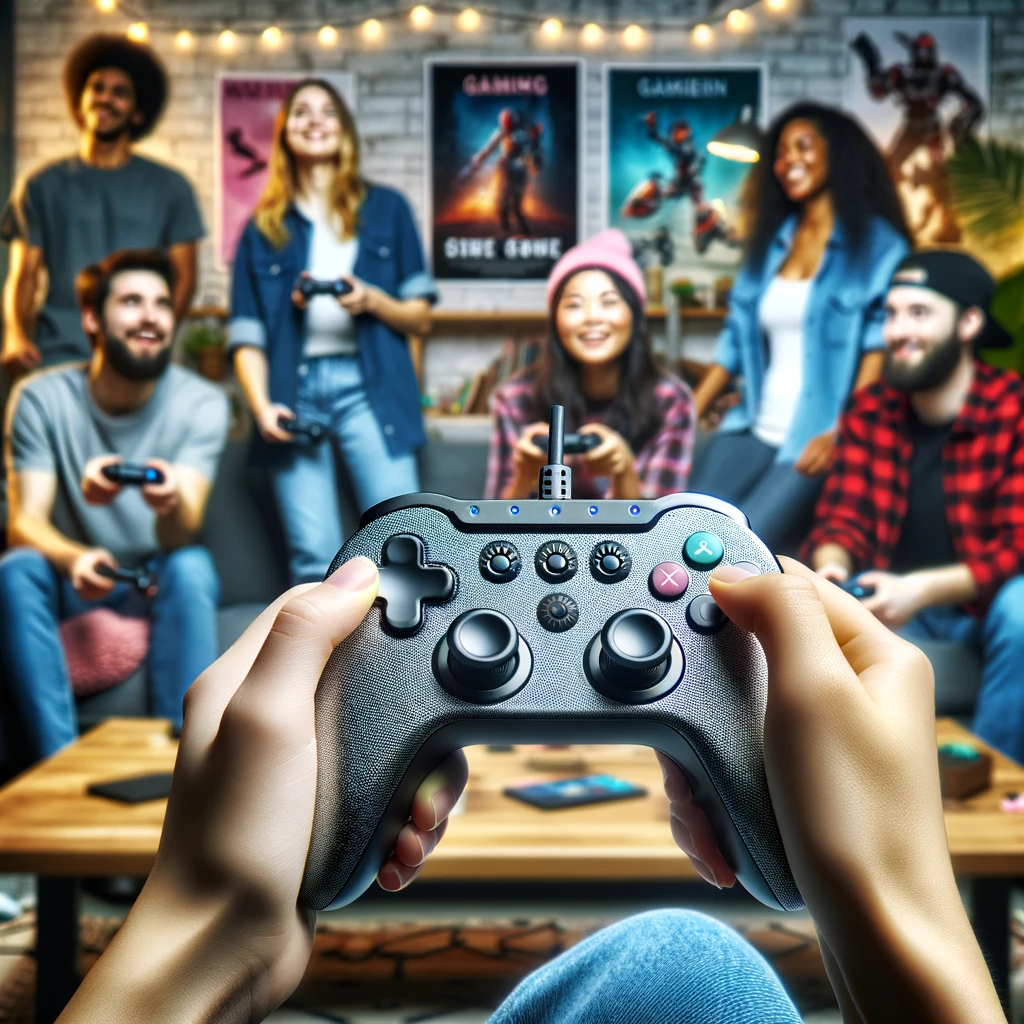
The world of gaming is on the cusp of a significant transformation, with one-handed gaming leading the charge in accessibility and inclusivity. Traditionally, video games have been designed with two-handed controllers, inadvertently excluding a portion of the population with different physical abilities. One-handed gaming emerges as a beacon of change, breaking down these barriers and opening the doors to an all-inclusive gaming experience.
One-handed gaming controllers are not just a modified version of traditional controllers; they are a testament to innovative design and empathy-driven engineering. These controllers are crafted with the needs of differently-abled gamers in mind, featuring ergonomic designs that cater to comfort and ease of use. The buttons and controls are strategically placed to ensure that all functions are accessible with one hand, without compromising on the gaming experience.
This shift isn’t merely about hardware; it’s a cultural movement towards a more empathetic and inclusive gaming world. Game developers are now increasingly mindful of the diverse needs of their audience, leading to more accessible game designs. From remappable controls to adjustable difficulty levels, games are evolving to become more accommodating to all players, regardless of their physical abilities.
The impact of one-handed gaming extends beyond convenience; it’s about empowerment and representation. It allows individuals who may have felt sidelined due to their physical capabilities to fully participate in a pastime that millions enjoy. This inclusivity is not just beneficial for the players; it enriches the gaming community as a whole, bringing in fresh perspectives and experiences.
As we delve into the world of one-handed gaming, we find stories of resilience, innovation, and community. Gamers who have adapted to one-handed gaming share tales of triumph and newfound joy, while developers speak of the gratification in creating games that are truly for everyone. This is a world where limitations are redefined, and challenges are viewed as opportunities to innovate and grow.
In embracing one-handed gaming, the industry sets a precedent for how technology and empathy can work hand in hand to create a more inclusive society. It’s a narrative of how a seemingly small change in design can have a profound impact on people’s lives, bringing joy and excitement to those who may have thought it was out of their reach.
2. Technological Innovations and Game Design
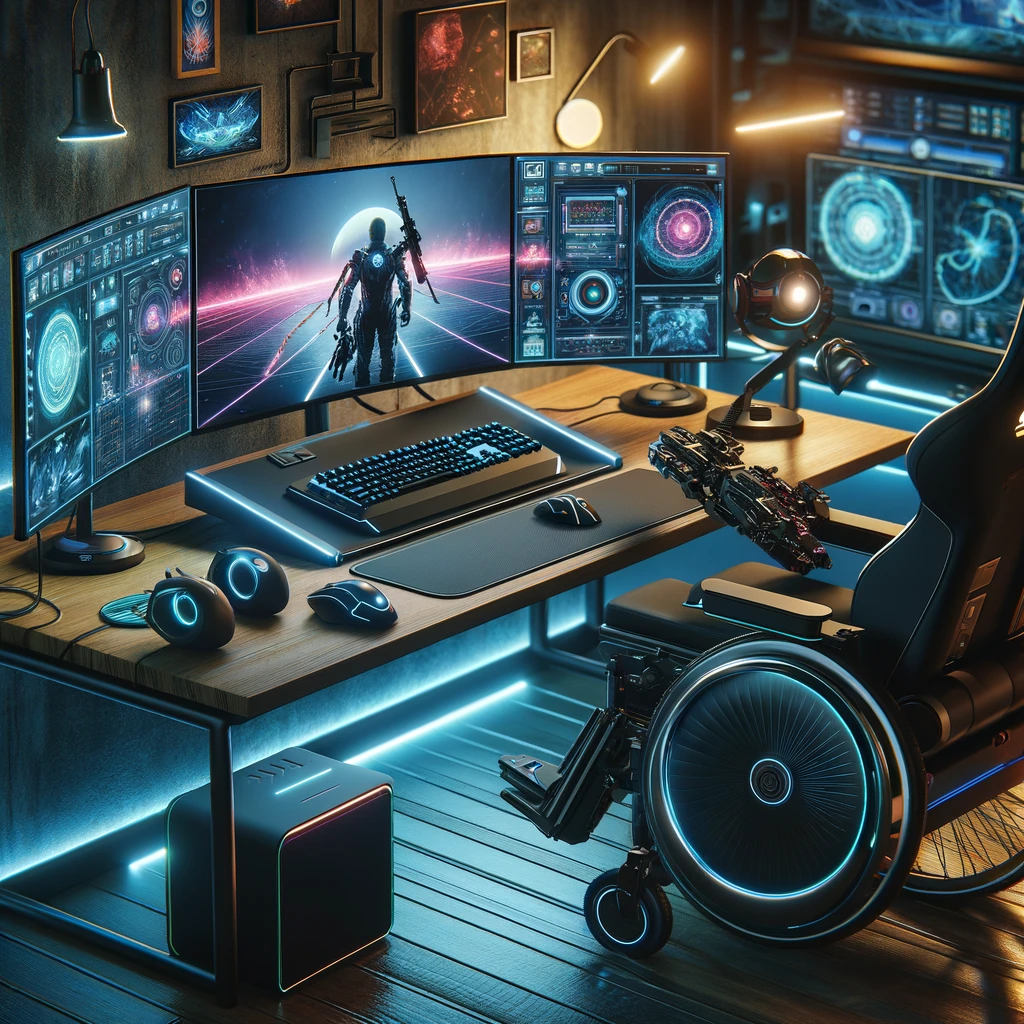
The evolution of one-handed gaming is not just a story of adapted controllers; it’s a narrative rich with technological innovation and thoughtful game design. At the heart of this evolution is a range of advanced technologies that are reshaping how games are played and experienced by individuals with different abilities.
One of the most significant developments in this area is the advent of specialized gaming software and hardware designed for one-handed use. This includes customizable keyboards and mice, which can be tailored to the specific needs and preferences of each gamer. These devices often feature programmable buttons, adjustable sensitivities, and ergonomic designs, ensuring that they are not only accessible but also comfortable for long gaming sessions.
The innovation extends to the gaming software itself. Developers are now more than ever focusing on creating games that are inherently more accessible. This involves designing games with flexible control schemes that can be easily adapted for one-handed play. Some games now offer an option to remap controls, allowing players to customize their gaming experience according to their physical capabilities. Additionally, many modern games include settings that adjust the gameplay speed, difficulty levels, and provide assistive features like aim assist or auto-run, making them more accessible to a broader audience.
The impact of these technological advancements is profound. They are not only enabling individuals with different physical abilities to enjoy gaming but are also enhancing the overall experience for all gamers. By prioritizing accessibility and inclusivity, game designers are fostering a more diverse gaming community, where the challenges of physical limitations are addressed with innovative solutions.
Furthermore, the integration of AI and machine learning in gaming software is opening new doors. These technologies can adapt game play in real-time, learning from the player’s capabilities and preferences to provide a seamless gaming experience. This personalized approach to game design not only enhances accessibility but also makes gaming more engaging and enjoyable for everyone.
The combination of advanced hardware and software, along with a deep understanding of the needs of diverse gamers, is transforming the gaming landscape. It’s a fusion of technology and creativity, driven by a commitment to inclusivity and a passion for bringing the joy of gaming to all.
3. Personal Stories of Gamers and Developers
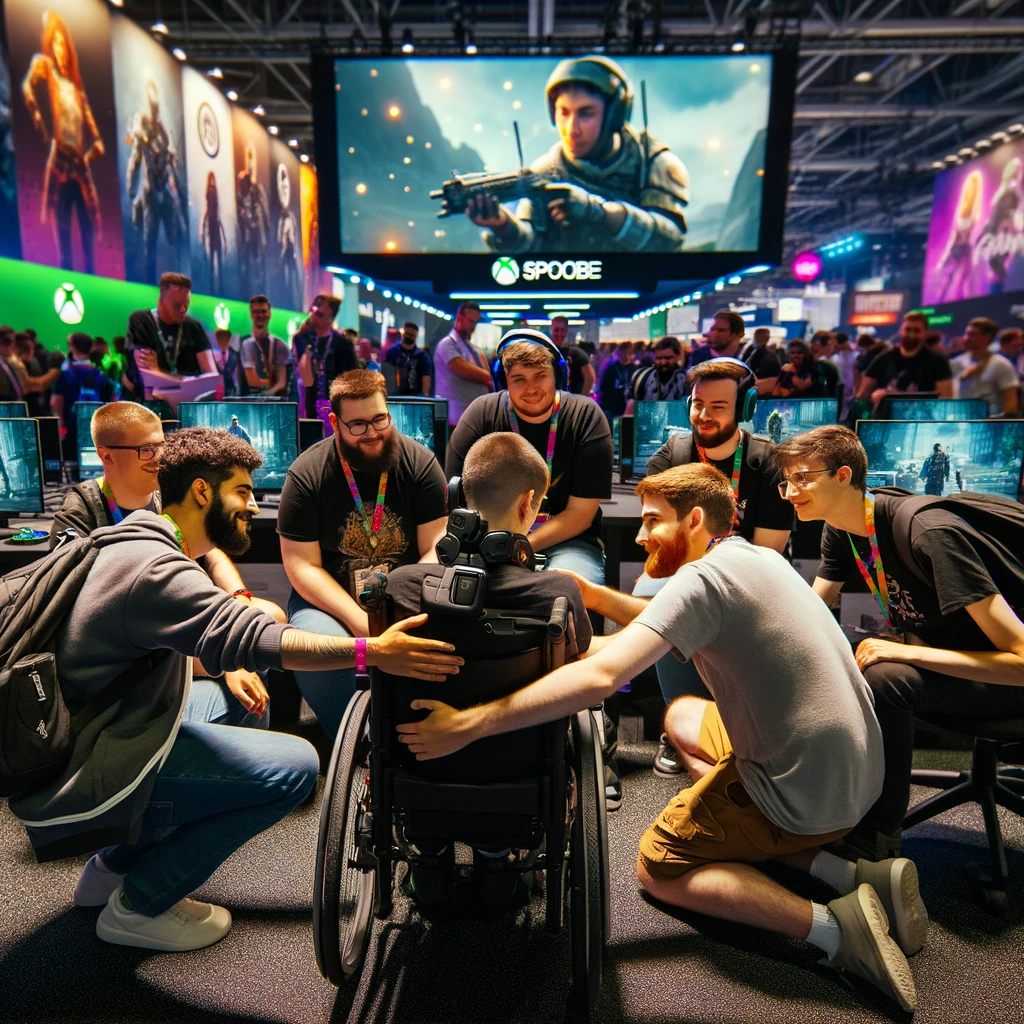
The transformative power of one-handed gaming is best understood through the personal stories of gamers and developers who are at the forefront of this movement. These stories not only highlight the struggles and triumphs of differently-abled gamers but also shine a light on the passionate developers who are dedicated to making gaming more accessible.
Gamers who have embraced one-handed gaming share a common narrative of resilience and innovation. For many, the introduction of one-handed gaming controllers and adaptive gaming setups has been life-changing. These gamers often describe how gaming was once a challenging or nearly impossible hobby to enjoy due to their physical limitations. However, with the advent of one-handed gaming technologies, they have found new ways to engage with their favorite games, experiencing a sense of accomplishment and belonging that was previously out of reach.
These stories are not just about overcoming obstacles; they are about the joy and excitement of being part of a community that they love. Gamers talk about the thrill of competing on equal footing with others, the satisfaction of mastering complex games, and the sense of pride in being able to share their gaming experiences with friends and family.
On the other side of the spectrum are the developers, whose commitment to inclusivity is driving the evolution of one-handed gaming. Many developers share a deep sense of purpose in designing games and gaming equipment that are accessible to all. They often speak of the challenges in creating such inclusive technologies – balancing functionality with ease of use, ensuring compatibility across various games, and continuously innovating to meet the diverse needs of gamers.
Developers also highlight the importance of feedback from the gaming community in shaping these technologies. Collaborations with differently-abled gamers have been crucial in designing one-handed gaming controllers and software. These partnerships ensure that the end products are not only technically sound but also genuinely meet the needs of those they are intended for.
The stories of gamers and developers alike paint a vivid picture of a gaming world that is increasingly empathetic, innovative, and inclusive. They remind us that at the heart of technological advancement lies the human spirit – the drive to connect, to overcome, and to include everyone in the joy of gaming.
4. The Role of Community and Support Networks
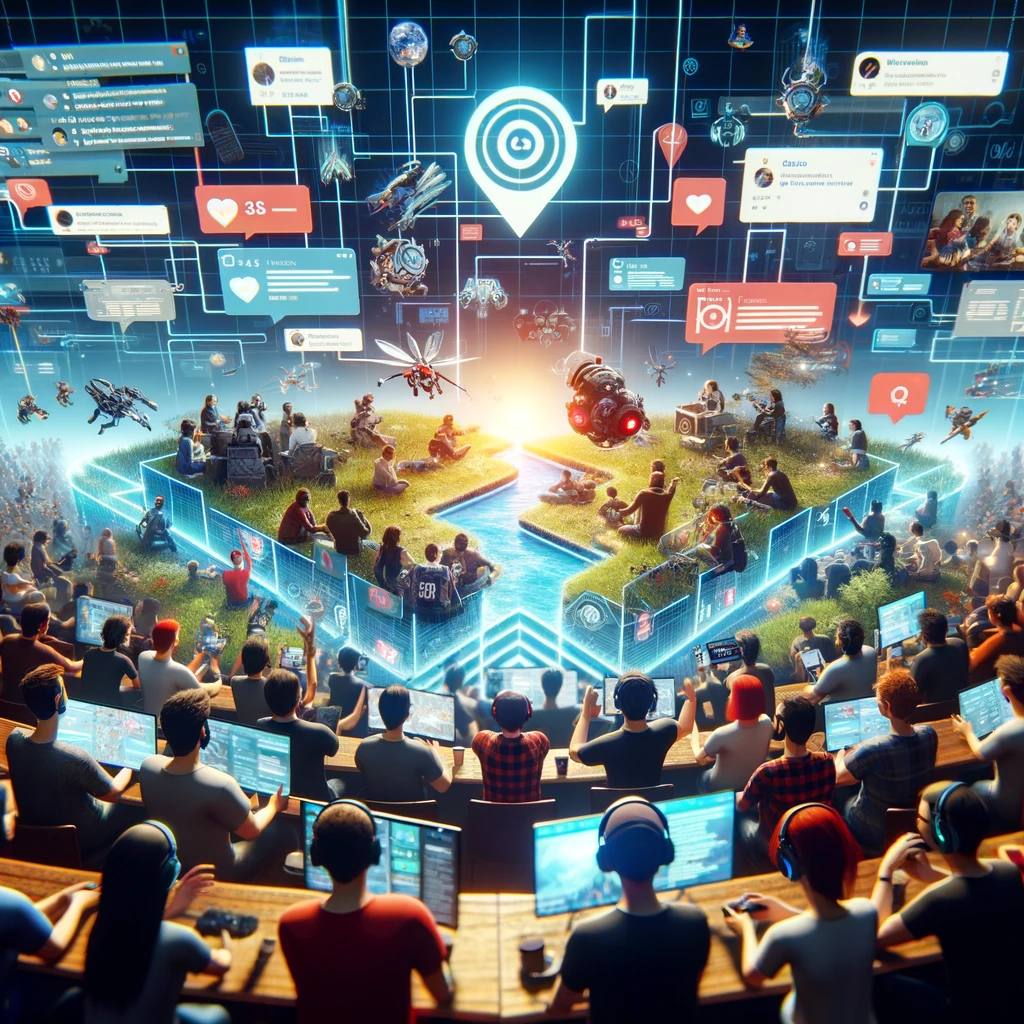
The rise of one-handed gaming is not just a technological triumph; it’s a community-driven phenomenon. Central to this movement is the role of online communities and support networks that provide a platform for sharing, learning, and encouragement.
Online forums dedicated to one-handed gaming have become vibrant hubs of activity. Here, gamers of all backgrounds and abilities come together to exchange tips, share their experiences, and offer support. These forums are more than just information centers; they are spaces of belonging and understanding, where gamers can connect with others who share similar challenges and triumphs.
In these forums, new gamers can find advice on the best one-handed gaming setups, learn about the latest accessible games, and discover how to modify existing games to suit their needs. More experienced gamers share their insights, offering strategies and recommendations that can help others improve their gaming skills.
The support extends beyond practical advice. These communities are often a source of encouragement and inspiration. Stories of personal achievements, overcoming difficulties, and shared joy in gaming accomplishments are common. Such narratives foster a sense of unity and mutual support that is pivotal in building a more inclusive gaming culture.
Developers and gaming companies are also active participants in these communities. They engage with gamers to gather feedback, understand their needs, and inform the development of new technologies and games. This interaction creates a collaborative environment where the voices of differently-abled gamers are heard and valued.
The impact of these online communities is profound. They are not just changing the way games are played; they are redefining the essence of the gaming community. By fostering inclusivity, support, and collaboration, these networks are ensuring that the world of gaming is accessible and enjoyable for everyone.
5. Looking Ahead: Future Trends and Potential
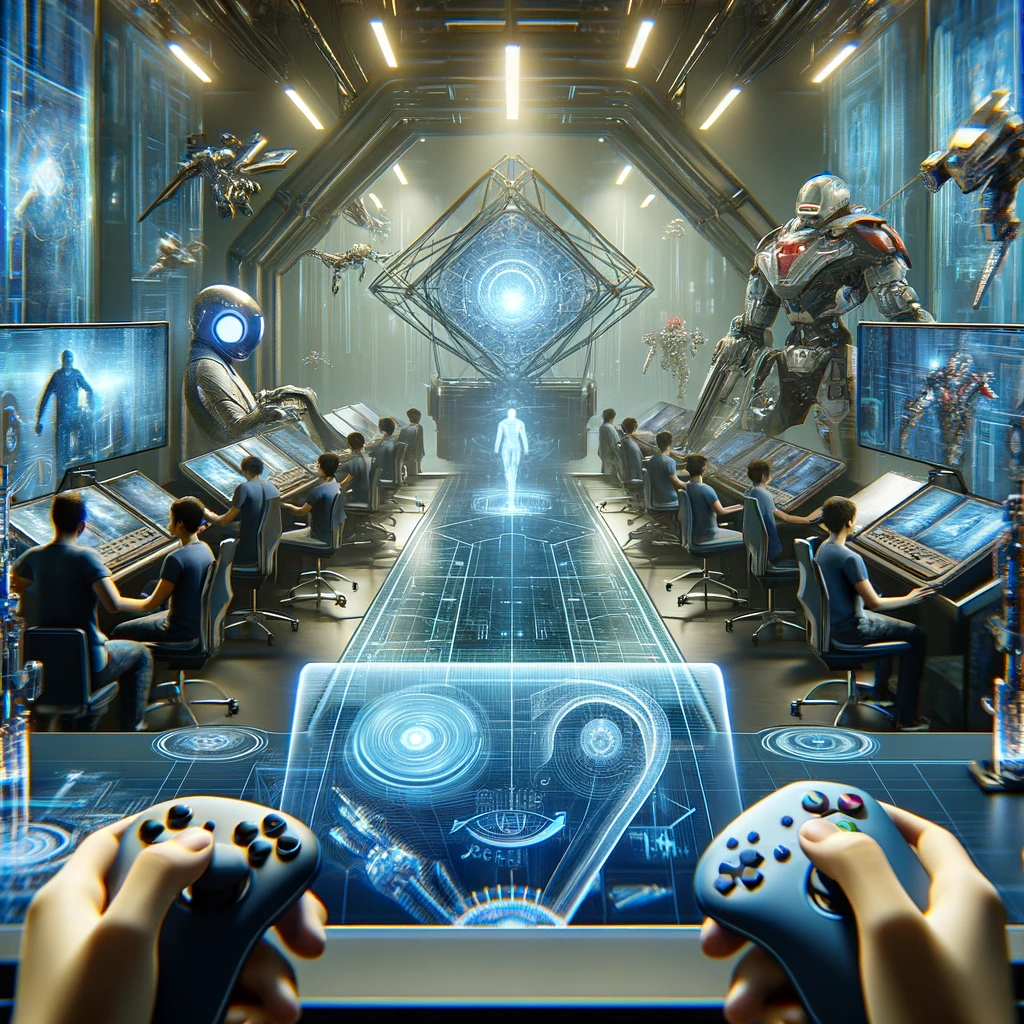
As we look towards the future, the possibilities for one-handed gaming and its role in accessibility are vast and exciting. Emerging technologies and ongoing innovations promise to further revolutionize the gaming experience for everyone, especially for those with different physical abilities.
The future of one-handed gaming could see the integration of immersive virtual reality (VR) experiences. VR technology has the potential to create more intuitive and natural gaming environments that can be navigated and controlled with minimal physical movement. This could open new doors for gamers who find traditional gaming interfaces challenging.
Advancements in artificial intelligence (AI) and machine learning are set to play a significant role in the evolution of one-handed gaming. AI-driven gaming systems could adapt dynamically to a player’s style and abilities, offering customized gaming experiences that are both accessible and challenging. This would not only enhance the gaming experience for differently-abled gamers but also provide a more personalized and engaging experience for all players.
Another exciting prospect is the development of advanced adaptive controllers. Future controllers could feature more sophisticated ergonomics, haptic feedback, and even brain-computer interface technology, allowing gamers to control gameplay with their thoughts. This could dramatically increase accessibility and provide an unprecedented level of immersion in gaming.
Furthermore, the gaming industry’s commitment to inclusivity is likely to strengthen, with more developers and companies prioritizing accessibility in game design from the outset. This could lead to a wider range of games that are inherently accessible, eliminating the need for extensive modifications.
The potential of one-handed gaming extends beyond entertainment; it has implications for therapy and rehabilitation. Gaming can be a valuable tool for physical and cognitive therapy, and the advancements in one-handed gaming could make these benefits accessible to a broader range of individuals.
In summary, the future of one-handed gaming is not just about the advancement of technology; it’s about creating a more inclusive and empathetic world. As technology continues to evolve, so too does the opportunity to ensure that the joy of gaming is available to all, regardless of physical abilities.
Conclusion:
As we conclude our exploration of „A New Era of Inclusivity: How One-Handed Gaming is Changing the Game,“ it’s clear that this is more than just a technological trend; it’s a movement towards a more inclusive and accessible world. One-handed gaming is not only breaking down barriers within the gaming community but is also setting a precedent for how technology can be harnessed to create a more empathetic and inclusive society.
The stories of gamers and developers, the support of online communities, and the promising future trends highlight a collective journey towards inclusivity. This journey is not without its challenges, but the resilience and innovation shown by the gaming community indicate a bright and inclusive future.
As we look forward to the advancements in technology and game design, we remain hopeful and excited about the potential of one-handed gaming. It’s a testament to the human spirit’s ability to adapt, innovate, and include. In this new era of gaming, everyone has a chance to play, compete, and enjoy the boundless world of digital entertainment.
As the gaming industry continues to evolve, one-handed gaming will undoubtedly play a pivotal role in shaping its future. It’s a future where the joy of gaming is unrestricted, and the thrill of virtual adventures is accessible to all. This is not just the future of gaming; it’s the future of accessibility and inclusion.
